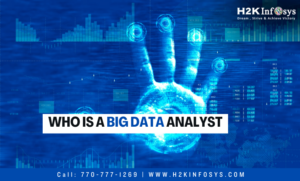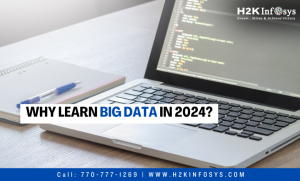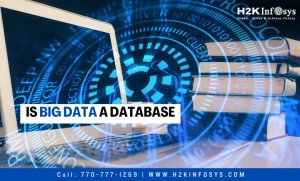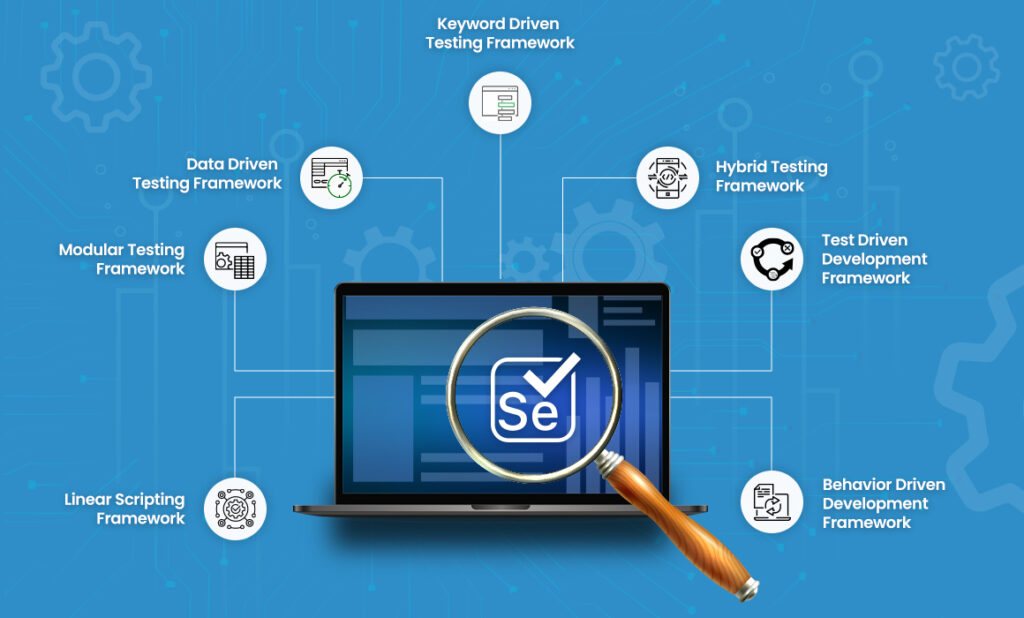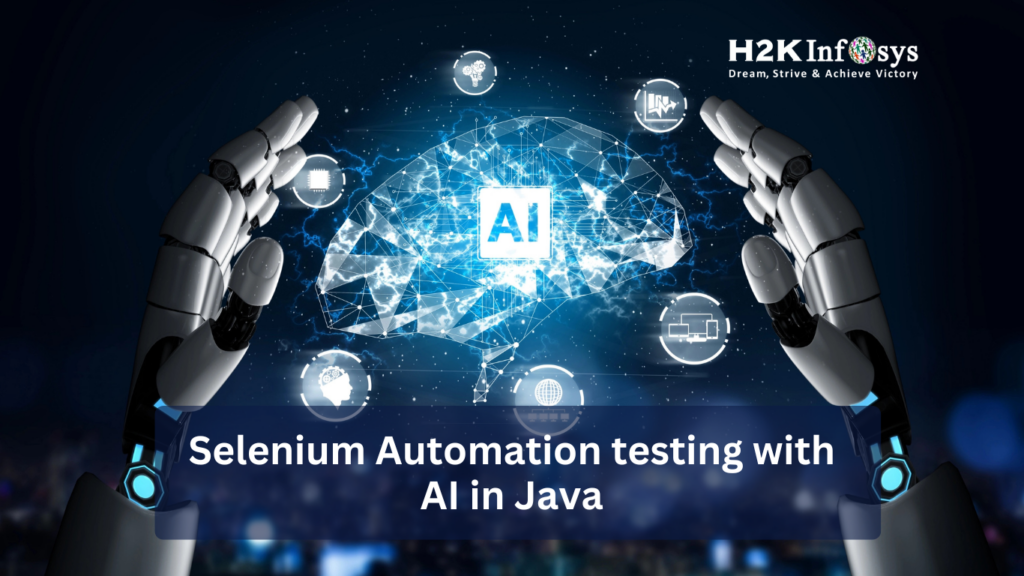Data is doubling in size annually and expanding at a rate that has never been seen before. Our collective digital world has grown to 44 zettabytes, or 44 trillion gigabytes, in 2020, and it continues to grow annually. Big data is another term for this type of data. Check out our Big Data online course to learn more.
Big data refers to vast amounts of both organised and unstructured data that can be challenging to handle with conventional techniques like data management software. When you have so much data, it can be challenging to trust it. How can big data be useful to you? Making educated decisions, finding patterns and insights, and asking the proper questions are all crucial steps in the process, even though evaluating the data plays a significant role.
To study circumstances, events, and so forth, IBM proposes that Big Data can be described by any or all of the three “V” words: volume, variety, and velocity. When referring to the use of bigger volumes of scientific data for visualisation, Michael Cox and David Ellsworth were among the first to use the word big data literally (the term enormous data has also been used).
Even in the context of artificial intelligence (AI); AI refers to the theory and creation of computer systems that can carry out operations that often call for human intellect, like speech recognition, visual perception, decision-making, and language translation. Artificial Intelligence is gradually permeating practically every business, including robotics, hospitality, and medicine.
A significant amount of data is now generated, saved, and available for study because of the internet’s introduction and growth during the previous few decades. Engineers gradually came to the conclusion that it would be far more effective to write code that allows computers to emulate human behaviour, pattern recognition, data filtering, and access to the data for analysis rather than teaching them how to do everything. This has resulted in the advancement of “machine learning,” which is maybe the most effective use of AI.
A certain level of certainty is built into machine learning models’ statements, choices, deductions, and predictions (outcomes). Add to that a specific “feedback loop” that notifies the machines if their outcomes are correct or incorrect, allowing the model to modify its approach to be more accurate. Consequently, a system’s ability to forecast outcomes will increase with the amount of data it processes.
Thus, dependency on data. The more data we can produce and feed for machine learning models, the more intelligent AI we can create. These “smart” automation models are being developed with the help of the unparalleled amount of data that is being generated today.
Advances in image identification, speech and pattern recognition, natural language processing, and mapping complex statistics and probabilities (such as in games like chess and Go) have been made possible by this synergy between data and AI models. These days, computers are probably better than you at chess, can detect faces (Facebook), and can interpret your speech with different accents (Google Now, Alexa, Siri). It could also converse with you & answer your questions via speech or text (chatbots).
You’ll see that there is a strong correlation between data and the businesses leading the way in artificial intelligence. Google boasts self-driving cars, virtual assistants, and extremely precise word and image translators. Amazon & Apple both have incredible AI capabilities. These are the businesses that lead their respective industries and gather and retain the most data overall. They are now able to create these incredible platforms using the same data.
Better still, a large portion of AI research is done in collaboration. Additionally, Google and Amazon have opened up their big data platforms to interested individuals and businesses so they may create their own models.
Big Data is essential to the faster development of AI, and the demand for clean big data seems to be growing with time. AI is just now starting to make significant strides toward widespread use, and the possibilities for the future appear limitless.
Big Data in Asset-Intensive Businesses
Big data, as it relates to asset-intensive enterprises, is the data related to assets and maintenance found in various maintenance and operational systems, such as EAM (Enterprise Asset Management), CMMS (Computerised Maintenance Management System), and others. Businesses can learn new things about asset performance thanks to the abundance of data. Asset-intensive companies, however, could find it difficult to maintain accurate and comprehensive core asset data. Their low-quality asset data could therefore lead to some significant data issues. Processes that depend on an asset hierarchy that is kept up to date may become less productive as a result. Disconnected systems present another difficulty when manufacturing, production, and EAM/CMMS systems need to be maintained but are not in sync.
The Solution
How is enormous data to be understood? Making sure your core asset data is accurate, comprehensive, and well-organised is the first and most important step. This will guarantee that any data analytics performed are accurate and well-structured. Analysing the quality of asset and maintenance data in a production EAM, CMMS, or other maintenance or operational system may be challenging for many asset-intensive businesses. We facilitate the identification of gaps in asset and maintenance data by assisting our clients in analysing and improving the quality of their data.
Conclusion To learn more about Big Data, you can check our Big Data course online.













